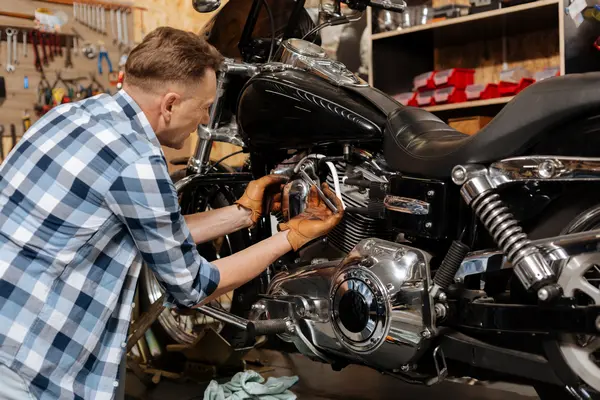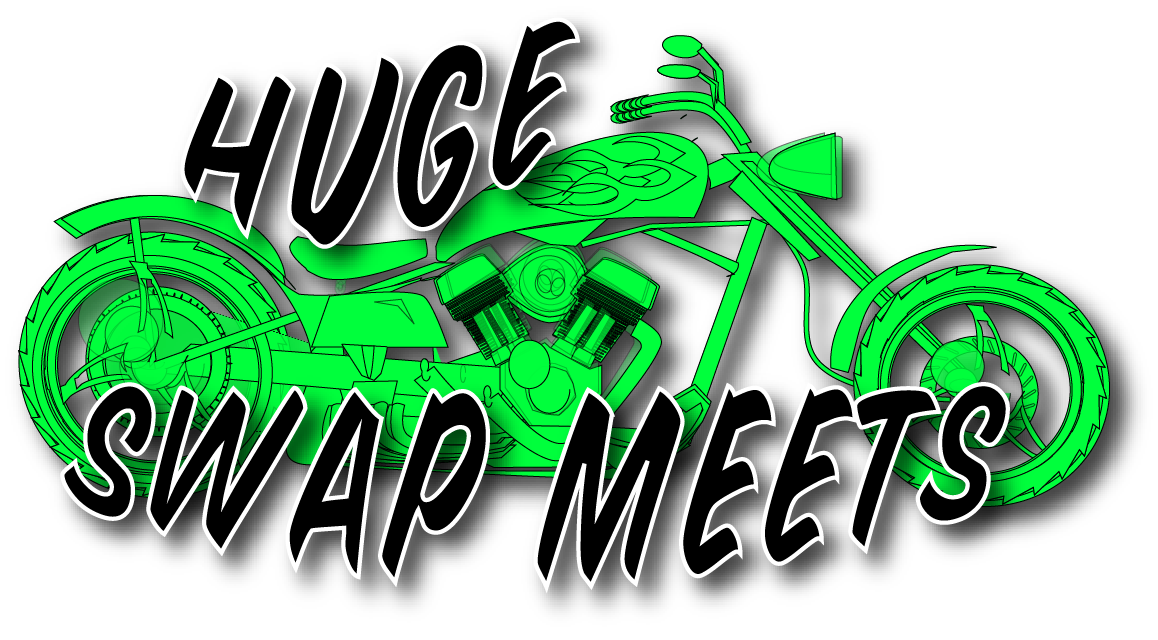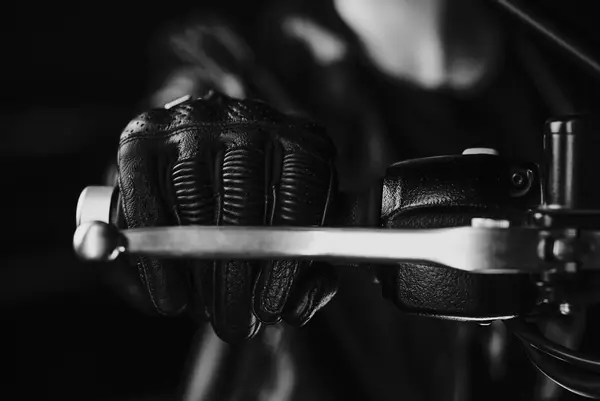
Riding a motorcycle offers unparalleled freedom and excitement, but it also comes with its own set of risks. Being prepared for common motorcycle emergencies can make all the difference in ensuring your safety and getting you back on the road swiftly. This guide will cover essential strategies for handling various mechanical emergencies, including flat tires, engine stalling, overheating, brake failure, and electrical failures.
1. Flat Tire
Recognizing the Problem
A flat tire is one of the most common issues riders face. Symptoms include a sudden loss of stability, difficulty steering, and a noticeable drop in tire pressure.
Immediate Actions
- Stay Calm: Do not panic. Keep a firm grip on the handlebars and maintain a straight course.
- Gradual Deceleration: Slowly roll off the throttle and avoid sudden braking. Use engine braking if possible.
- Move to Safety: Gently steer towards the side of the road or a safe area. Avoid abrupt movements that could worsen the instability.
Temporary Fixes
- Tire Plug Kit: Carry a tire plug kit and a portable air pump. Follow the instructions to plug the puncture and inflate the tire enough to reach the nearest service station.
- CO2 Inflator: An alternative to a portable air pump, CO2 inflators are compact and provide a quick burst of air to partially inflate the tire.
Long-Term Solutions
- Replace the damaged tire as soon as possible.
- Regularly check tire pressure and tread to prevent future flats.
2. Engine Stalling
Recognizing the Problem
Engine stalling can occur for various reasons, including fuel issues, electrical problems, or mechanical failures. Symptoms include loss of power, engine sputtering, or complete engine shutdown.
Immediate Actions
- Signal and Move to Safety: Use hand signals or turn signals to alert other drivers and move to the side of the road.
- Inspect Fuel Supply: Check the fuel tank and switch to the reserve if available. Ensure the fuel valve is in the correct position.
- Restart the Engine: Attempt to restart the engine. If it doesn’t start, it could be an electrical or mechanical issue.
Troubleshooting Tips
- Battery Check: Ensure the battery connections are secure and check for any signs of corrosion.
- Fuses and Wiring: Inspect the fuses and wiring for any visible damage or loose connections.
- Fuel System: Check the fuel lines and carburetor (if applicable) for blockages or leaks.
Long-Term Solutions
- Regularly maintain the fuel system, battery, and electrical components.
- Keep a basic tool kit and spare fuses on hand for minor repairs.
3. Overheating
Recognizing the Problem
An overheating engine can lead to severe damage if not addressed promptly. Symptoms include rising temperature gauges, steam from the engine, and unusual smells.
Immediate Actions
- Stop Safely: Pull over to a safe location and turn off the engine.
- Allow to Cool: Give the engine time to cool down before inspecting it.
- Check Coolant Levels: If your motorcycle is liquid-cooled, check the coolant level and add more if necessary.
Troubleshooting Tips
- Coolant Leaks: Inspect the cooling system for leaks and ensure all hoses and connections are secure.
- Airflow Obstructions: Check for obstructions that may be blocking airflow to the engine.
- Oil Levels: Low oil levels can contribute to overheating. Check and top off the oil if needed.
Long-Term Solutions
- Regularly check coolant and oil levels.
- Ensure the cooling system is functioning correctly and is free from blockages.
4. Brake Failure
Recognizing the Problem
Brake failure can be a terrifying experience. Symptoms include a spongy brake lever, reduced braking power, or complete brake loss.
Immediate Actions
- Stay Calm: Keep a clear head and avoid panicking.
- Engine Braking: Downshift to use the engine to slow down the bike.
- Use Rear Brake: If only the front brakes have failed, use the rear brake to slow down.
- Emergency Stop: If both brakes fail, use the terrain and road features (such as an uphill slope) to slow down and stop.
Troubleshooting Tips
- Brake Fluid Levels: Check the brake fluid levels and top off if necessary.
- Inspect Brake Lines: Look for leaks, cracks, or damage in the brake lines.
- Brake Pads and Discs: Ensure the brake pads and discs are in good condition and not excessively worn.
Long-Term Solutions
- Regularly inspect and maintain the brake system.
- Replace brake fluid and worn components as recommended by the manufacturer.
5. Electrical Failure
Recognizing the Problem
Electrical failures can manifest as dead lights, unresponsive gauges, or complete power loss.
Immediate Actions
- Move to Safety: Pull over to a safe location as soon as possible.
- Check Battery: Ensure the battery connections are secure and not corroded.
- Inspect Fuses: Check the fuse box for blown fuses and replace them if necessary.
Troubleshooting Tips
- Wiring Inspection: Look for damaged or frayed wires.
- Ignition System: Ensure the ignition system components, such as the spark plugs and coils, are in good condition.
- Charging System: Check the alternator and voltage regulator to ensure they are charging the battery correctly.
Long-Term Solutions
- Regularly inspect and maintain the electrical system.
- Keep spare fuses and a multimeter for diagnosing electrical issues.
Being prepared for common motorcycle mechanical emergencies can make a significant difference in your safety and riding experience. Regular maintenance, carrying essential tools and supplies, and staying calm under pressure are key to handling emergencies effectively. By knowing what to do in these situations, you can enjoy the freedom of the open road with greater peace of mind.



